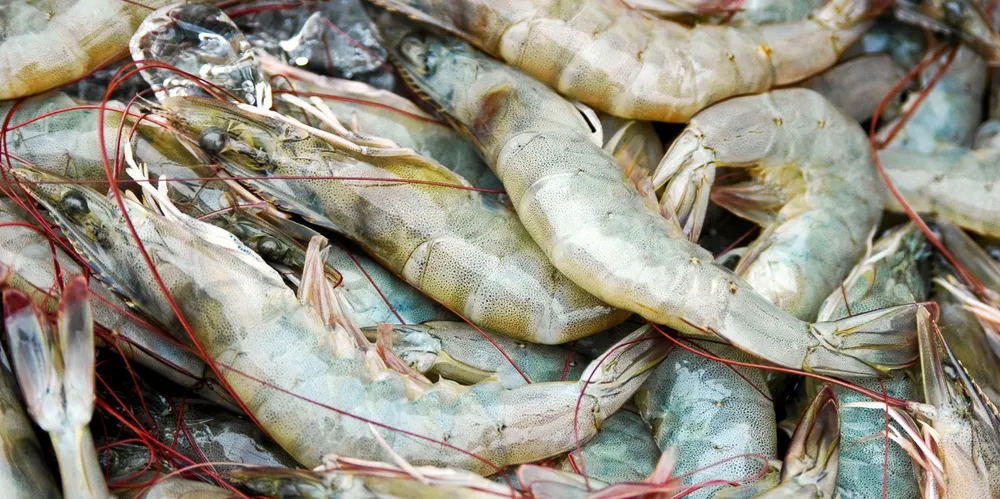Chinese buyers sucking up shrimp normally headed for US market, helping ease fears of oversupply
Demand in the previously red-hot EU and US shrimp markets is expected to cool as the year wears on.

Demand in the previously red-hot EU and US shrimp markets is expected to cool as the year wears on.
